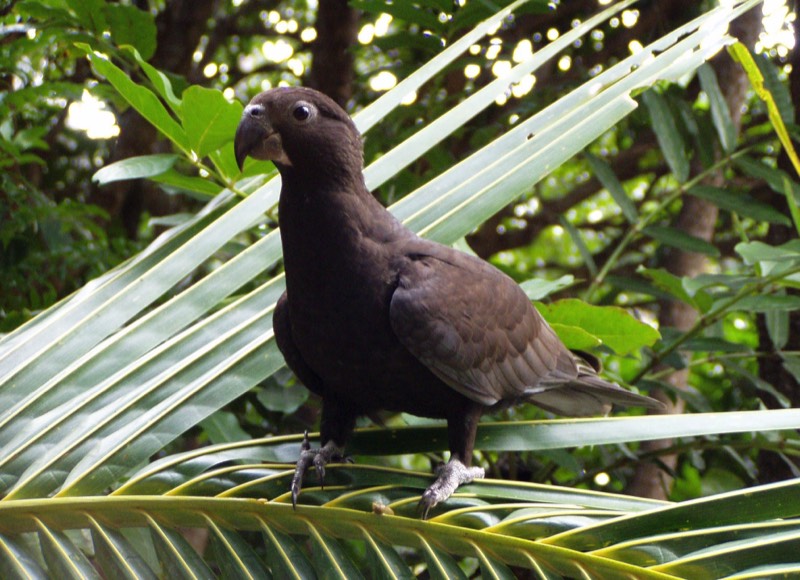Greater Vasa Parrot - Coracopsis Vasa - Least Concern
The greater vasa parrot (Coracopsis vasa) is one of two species of vasa parrot, the other being the lesser vasa parrot C. nigra. The greater vasa parrot can be found throughout Madagascar and the Comoros.
Subspecies: There are three subspecies.
Coracopsis vasa comorensis
Coracopsis vasa drouhardi
Coracopsis vasa vasa
Description: The greater vasa parrot breeding season is uncertain but is probably between October to December. It has a very unusual breeding biology and mating system. Females are 25% larger than males and are physically dominant. The species lives in loose polygynandrous groups wherein each female has at least three to eight sexual partners. The males have re-evolved a phallus and copulations can last up to 90 minutes. Copulations come in two varieties, short duration (1–3 seconds) and long duration (averaging 36 minutes), with the latter involving a copulatory tie. A copulatory tie usually refers to mammals such canines where the animals are unable to part during mating due to the swelling of the penis within the females body. During brooding and chick-rearing, females shed their head feathers and develop bright orange skin coloration, and also sing complex songs from perches close to the nest. These serve to attract males to approach and regurgitate food, which the female accepts while off the nest. The females also defend a territory around their nest from other females during this period.

Psittaciformes, The Parrot Index, a part of Phoenix Feathers © 2016 - 2024
Page last updated: 12/24/23
Phoenix Feathers

